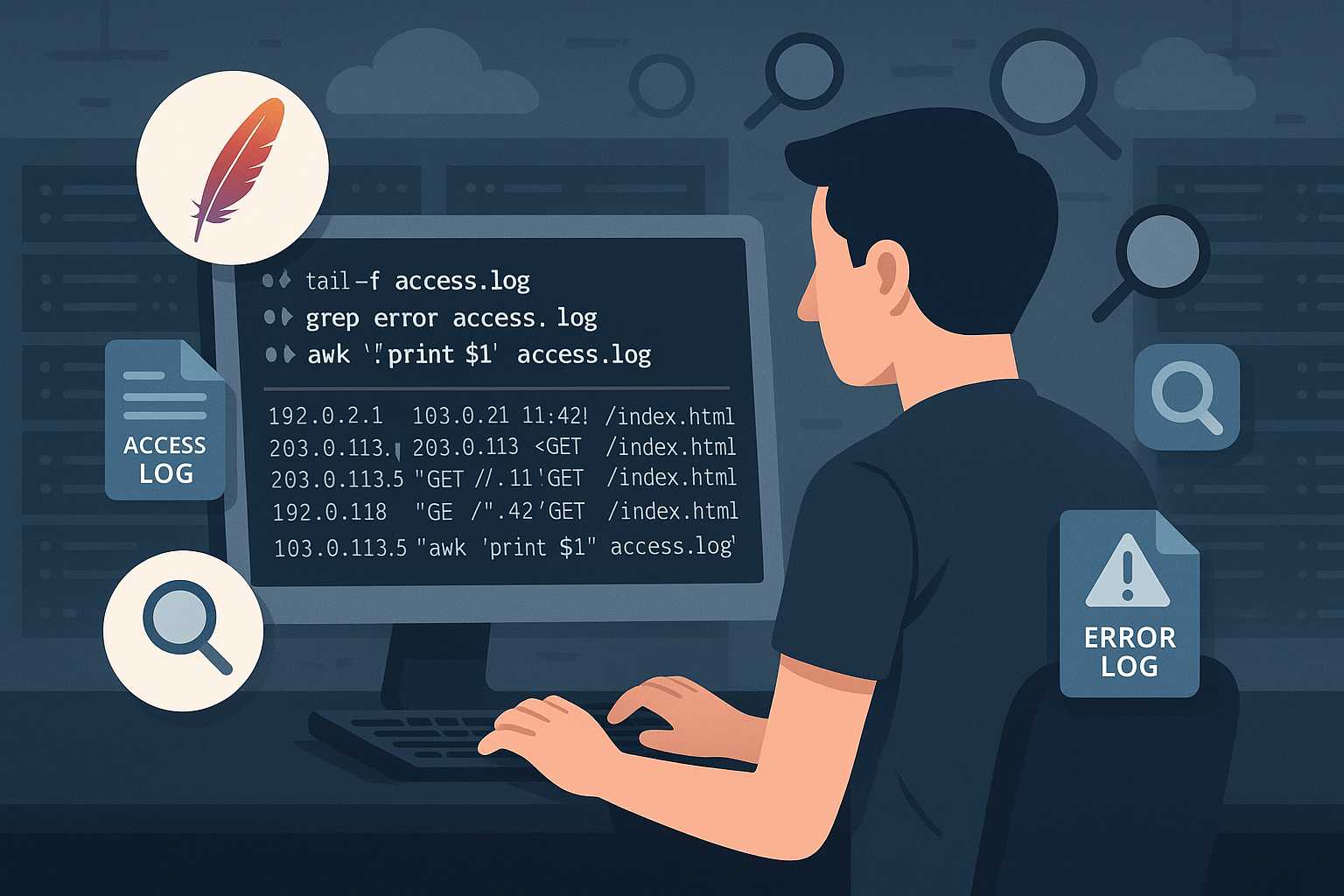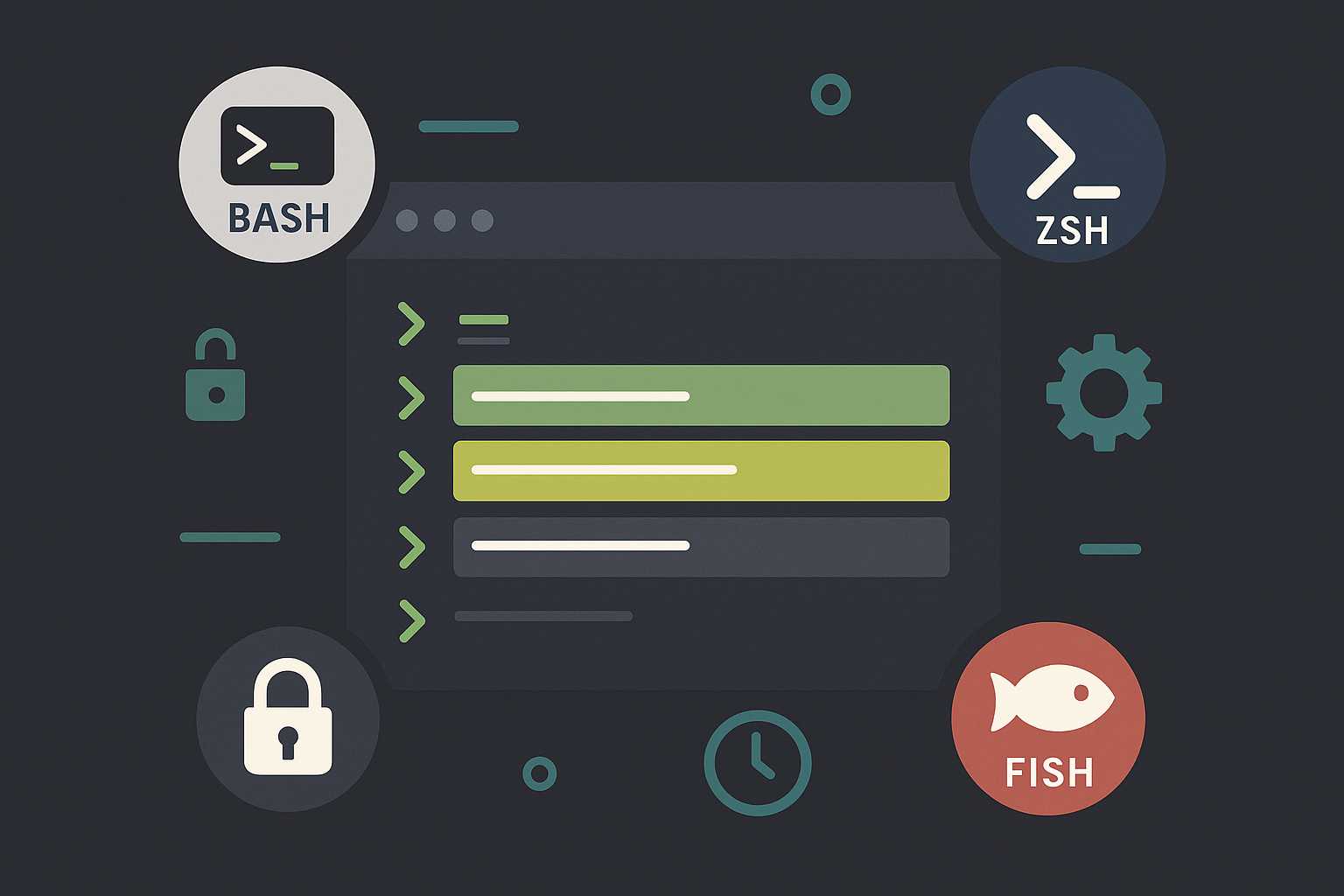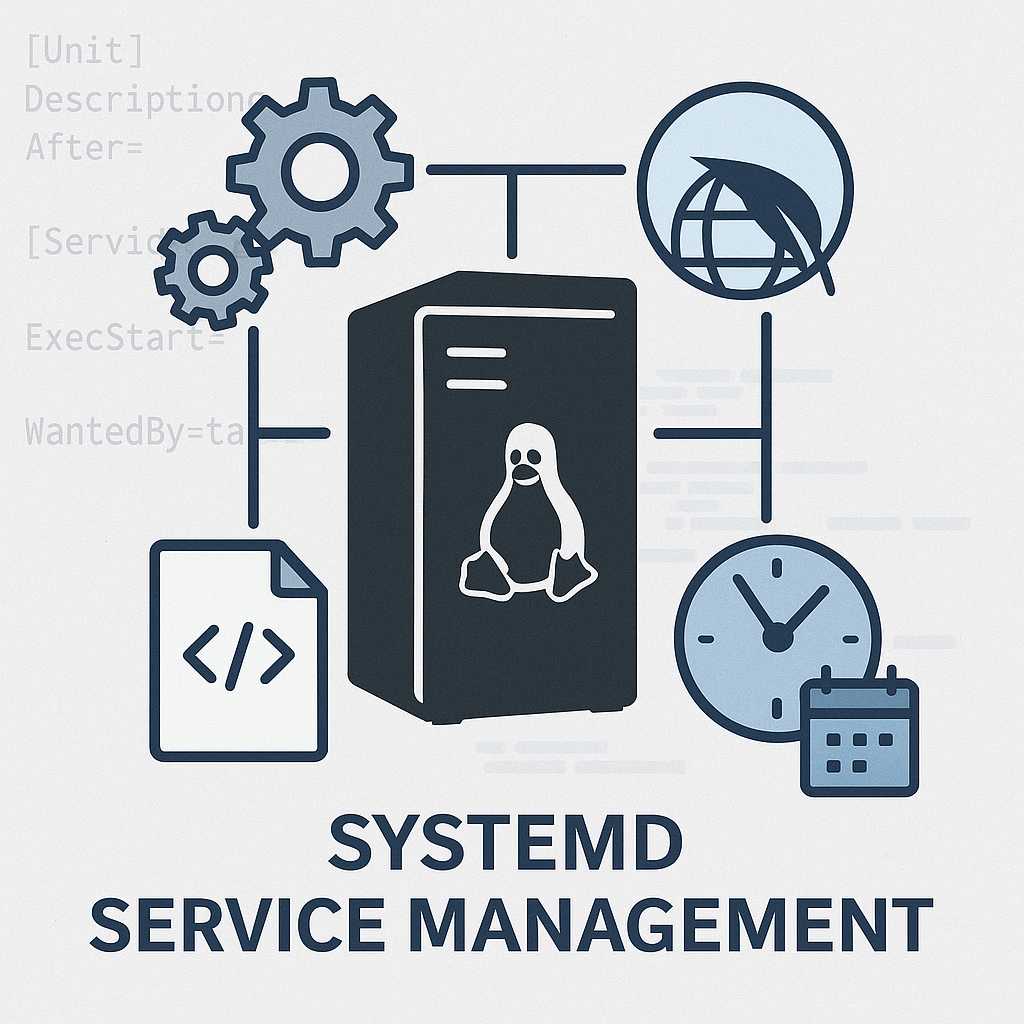Category: Linux/Unix
-

Automating Website Backups on Apache Servers Using Command-Line Tools
As a software engineer managing Linux servers with Apache, one of the most critical responsibilities is ensuring the safety and recoverability of your web site’s data. Automated backups are not only a best practice but essential for disaster recovery and business continuity. In this article, I’ll walk you through a straightforward method to automate website…
-

Efficient Log Analysis on Apache Web Servers Using the Command Line
As a Linux server administrator, keeping track of your Apache Web Server’s activity and performance is essential. Apache’s robust logging facilities (access and error logs) can hold crucial information about visitor traffic, possible attacks, and performance bottlenecks. But those log files can grow massive — so reading them efficiently from the command line is a…
-

Mastering the ‘top’ Command: Tips for Efficient Linux Server Monitoring
When it comes to monitoring the health and performance of your Linux servers, the "top" command is often one of the first tools in an administrator’s arsenal. It provides a real-time, dynamic view of what’s happening on your system, including which processes are consuming the most resources and overall system load. Yet, many users only…
-

Securing Apache Web Server: Essential Command-Line Techniques
When it comes to hosting web sites on Linux servers, security is always a top priority. While Apache is a robust and reliable web server, its security out-of-the-box typically needs enhancement to withstand modern threats. In this article, I’ll walk you through essential command-line techniques to secure your Apache installation and reduce potential attack surfaces,…
-

Managing Shell History in Unix: Bash and Beyond
On Linux servers, the command line is king—and as you work in a Unix environment, your command history becomes an invaluable asset. Yet, many sysadmins and developers aren’t aware of the subtle (and not-so-subtle) differences in how shells like Bash, Zsh, and others manage their history files. This article explores how history management works across…
-

Managing Services, Scripts, and Timers with systemd on Linux
systemd is the standard system and service manager for most modern Linux distributions. It controls how services start, stop, and interact. Learning how to use systemd to manage services like Apache, custom scripts, and scheduled jobs (timers) can greatly improve the maintainability and reliability of your servers. Understanding systemd Units A unit is the basic…
-

Optimizing Apache Web Server for Peak Performance
Apache, a widely-used web server software, is renowned for its flexibility and robust features. When configured correctly, Apache can handle vast numbers of requests with high efficiency. As a software engineer specializing in running Linux servers, I’ve spent considerable time optimizing Apache configurations to best serve web services. In this article, I’ll walk you through…
